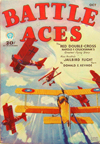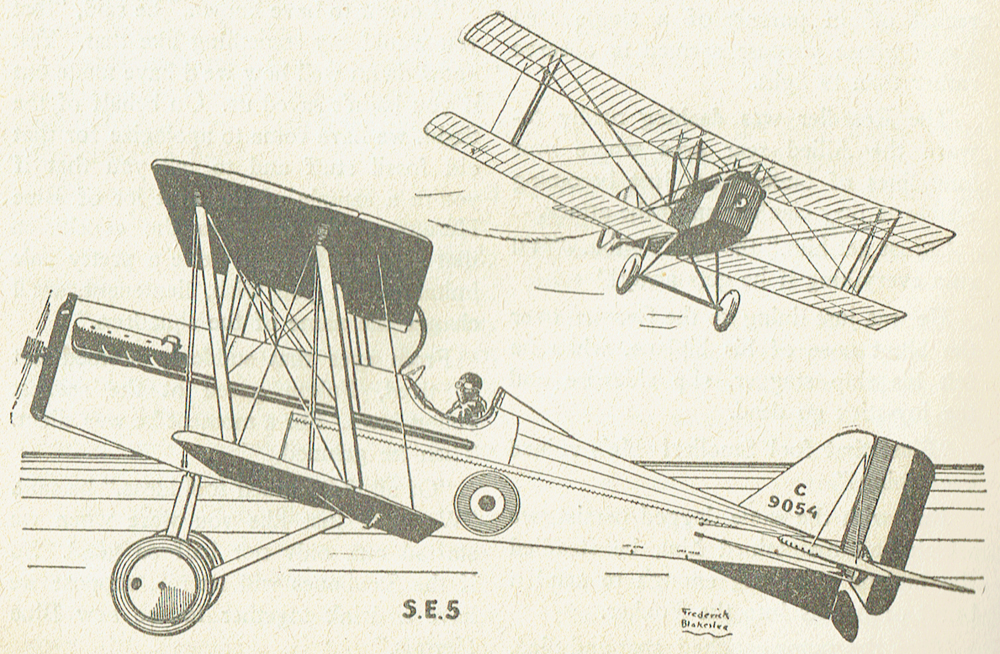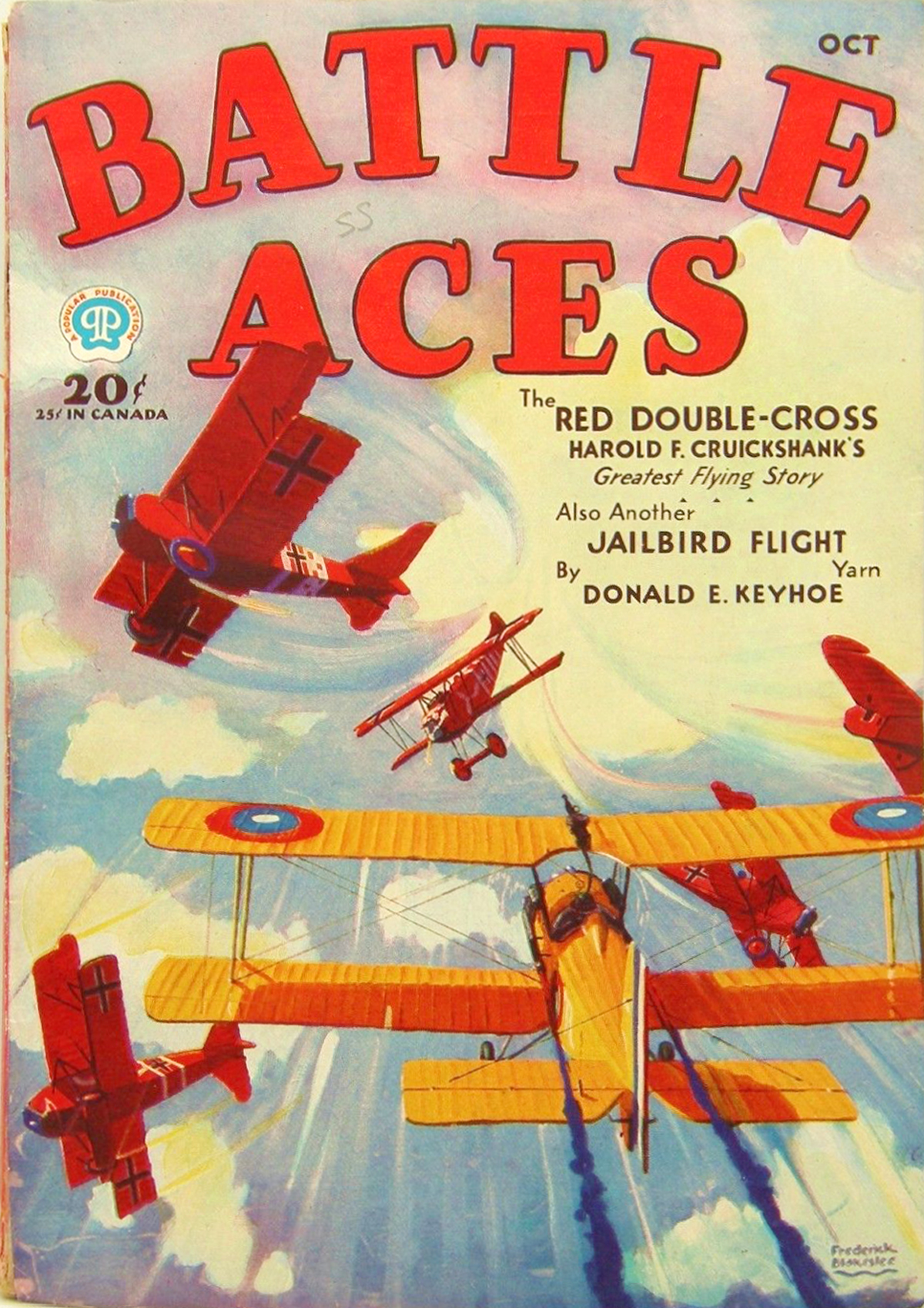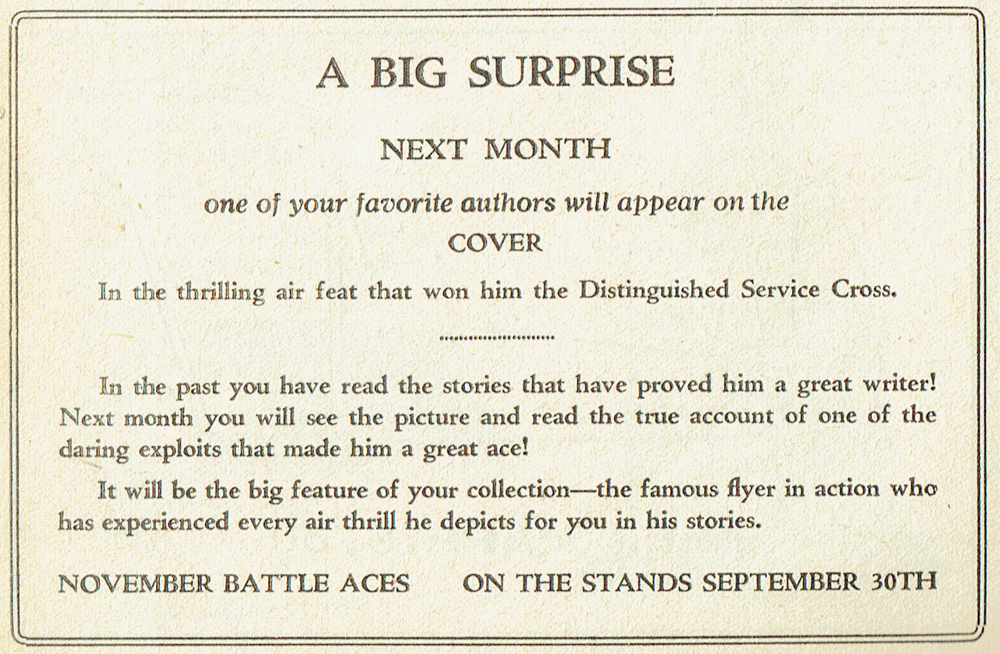THIS week we present another of Paul Bissell’s covers for Flying Aces! Bissell is mainly known for doing the covers of Flying Aces from 1931 through 1934 when C.B. Mayshark took over duties. For the October 1931 cover Bissell renders Quentin Roosevelt’s last flight…
Quentin Roosevelt’s Last Flight
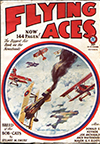 THE death of Lieutenant Quentin Roosevelt on July 14th, 1918, while serving with the 95th Aero Squadron, First Pursuit Group, probably brought the war-in-the-air home to more Americans than any single instance.
THE death of Lieutenant Quentin Roosevelt on July 14th, 1918, while serving with the 95th Aero Squadron, First Pursuit Group, probably brought the war-in-the-air home to more Americans than any single instance.
The youngest son of former President Theodore Roosevelt, Quentin joined the Air Service a few days after America entered the Great War in 1917. He was commissioned and trained for his pilot’s wings at Mineola, and in July sailed for England. Later on ho went to Paris, where he was given a post at the Aviation Headquarters until October.
Quentin was not satisfied with an S.O.S. job and finally prevailed upon the Staff to let him get in more flying. He went to Issoudun and completed his course and later was put in charge of one of the training fields there. Still dissatisfied with his lot, he managed to get transferred to Orly, where he did considerable testing of planes. An order sending him to the Front came in June, 1918, and he joined the 95th Squadron.
On July 14th, less than a month after joining his squadron, Roosevelt went on patrol with his flight. Seven Nieuports were in the formation. They reached the line with considerable difficulty, due to the grouping of much cumulus cloud. They patrolled their area for nearly half an hour before any real action occurred. Then out of nowhere came an equal number of Fokker D-7s.
A dogfight followed at once. Nieuports and Fokkers milled in and out of a fantastic design of tracer. The battle lasted several minutes before visibility conditions compelled both sides to withdraw.
Eye-witnesses of the fight declared that two Fokkers went down, apparently out of action, but whether they crashed could not be told, because a layer of thin vapor cut off most of the view of the ground.
The Nieuports, having been shot about badly, decided to head off home. It was not until the ships were about to land that their pilots realized one of their machines was missing. Then as they landed, the terrible realization came that Quentin Roosevelt, the most beloved of the famous White House Gang, was missing.
For hours they made frantic inquiries—with no trace of young Roosevelt. Then two days later, a German two-seater came over and dropped a wreath. Along with it was an envelope containing a message that stated that Lieutenant Quentin Roosevelt had been shot down in flames and buried with the highest military honors where he had fallen. The grave had been photographed and a print of the picture was enclosed. The letter also explained that the grave might be found at Chamery.
Immediately the word was cabled back to America. It was a distinct shock to everyone in the United States. Quentin Roosevelt’s death was followed by a wild surge of intense patriotism. Thousands of young men flocked to the recruiting offices demanding their acceptance in the Air Corps.
After the Armistice there was some talk of bringing his body back to this country, but the Roosevelt family decided against this, saying that it was better that his remains should lie in the soil of the country for which he had made the Great Sacrifice. Today his body lies with hundreds of other Americans in one of the great war cemeteries that are cared for by America.

Quentin Roosevelt’s Last Flight
Flying Aces, October 1931 by Paul J. Bissell
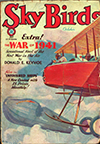 IT IS interesting to note that comparatively few Zeppelin raids were made on Paris during the war. Early in the big conflict the French brought down a big gas-bag, and the Germans decided to devote their raiding to night Gotha patrols or hurling giant shells from the security of the wood that hid Big Bertha. The main air defense of Paris in the early days was carried out by the old Maurice and Henry Farman ships. These rare old pushers, weird as they might seem today, were too much for the Zeps. Our cover this month shows a gunner in a Henry Farman “shorthorn” putting the fatal burst into a big raider on its way to bomb Paris. The airmen are wearing the famous old crash helmets that all wise flyers donned before taking the air, prior to 1915 or 16.
IT IS interesting to note that comparatively few Zeppelin raids were made on Paris during the war. Early in the big conflict the French brought down a big gas-bag, and the Germans decided to devote their raiding to night Gotha patrols or hurling giant shells from the security of the wood that hid Big Bertha. The main air defense of Paris in the early days was carried out by the old Maurice and Henry Farman ships. These rare old pushers, weird as they might seem today, were too much for the Zeps. Our cover this month shows a gunner in a Henry Farman “shorthorn” putting the fatal burst into a big raider on its way to bomb Paris. The airmen are wearing the famous old crash helmets that all wise flyers donned before taking the air, prior to 1915 or 16.







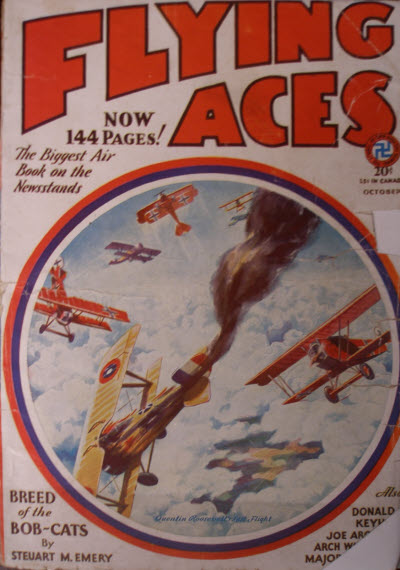 That sound can only mean one thing—that Bachelor of Artifice, Knight of Calamity and an alumnus of Doctor Merlin’s Camelot College for Conjurors is back to vex not only the Germans, but the Americans—the Ninth Pursuit Squadron in particular—as well. Yes it’s the marvel from Boonetown, Iowa himself—Lieutenant Phineas Pinkham!
That sound can only mean one thing—that Bachelor of Artifice, Knight of Calamity and an alumnus of Doctor Merlin’s Camelot College for Conjurors is back to vex not only the Germans, but the Americans—the Ninth Pursuit Squadron in particular—as well. Yes it’s the marvel from Boonetown, Iowa himself—Lieutenant Phineas Pinkham!  a story from the pen of a prolific pulp author O.B. Myers! Myers was a pilot himself, flying with the 147th Aero Squadron and carrying two credited victories and awarded the
a story from the pen of a prolific pulp author O.B. Myers! Myers was a pilot himself, flying with the 147th Aero Squadron and carrying two credited victories and awarded the 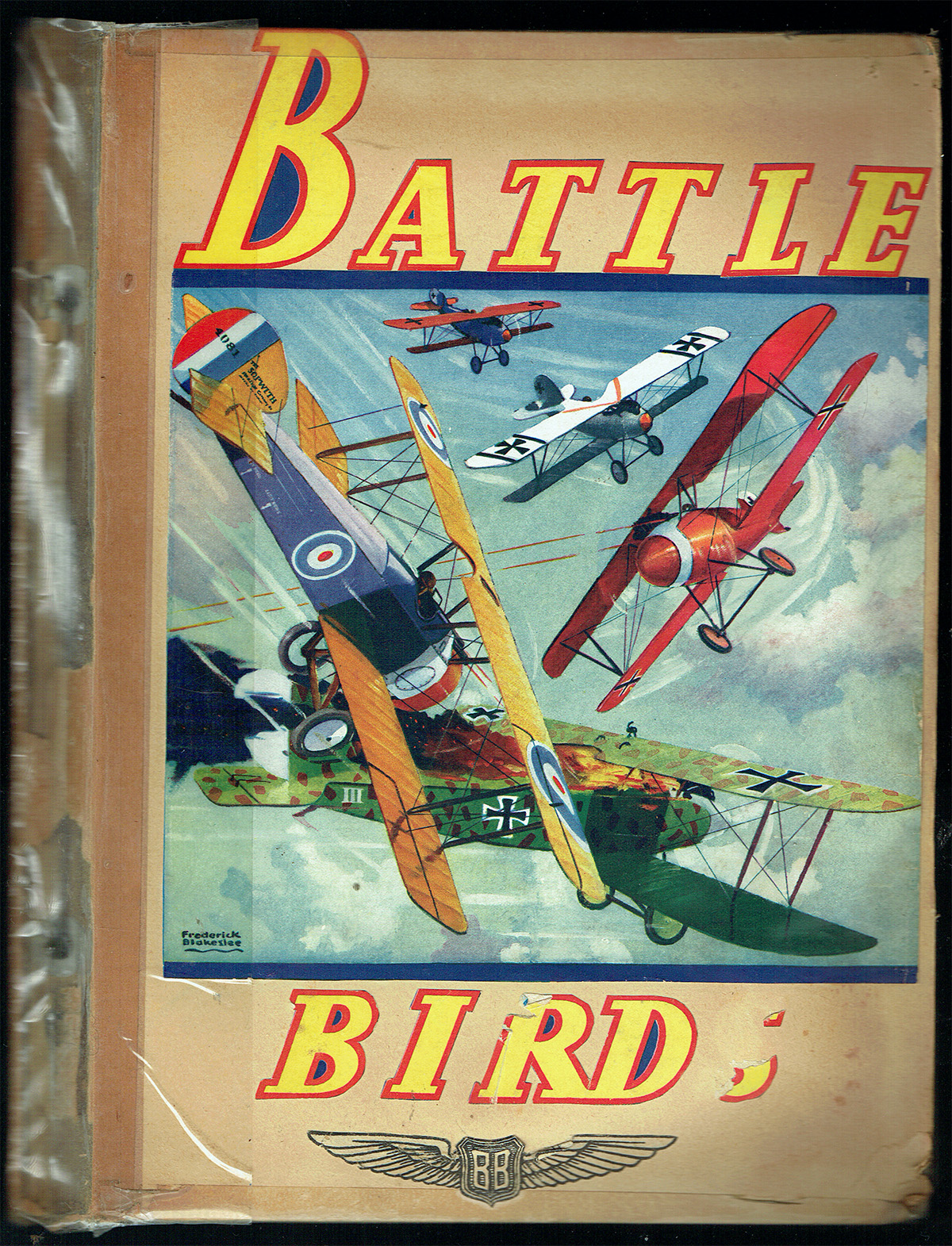 Like many in the late 20’s and early 30’s, Robert O’Neil was fascinated with aviation and as such, a large part of both volumes of his scrapbooks is taken up with a cataloging of the many different types of planes. But amongst all the planes and air race flyers and info on Aces are some surprising items. Robert was also fond of including cut-outs from covers of all kinds of aviation themed magazines.
Like many in the late 20’s and early 30’s, Robert O’Neil was fascinated with aviation and as such, a large part of both volumes of his scrapbooks is taken up with a cataloging of the many different types of planes. But amongst all the planes and air race flyers and info on Aces are some surprising items. Robert was also fond of including cut-outs from covers of all kinds of aviation themed magazines.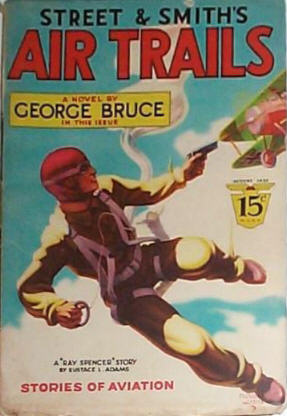
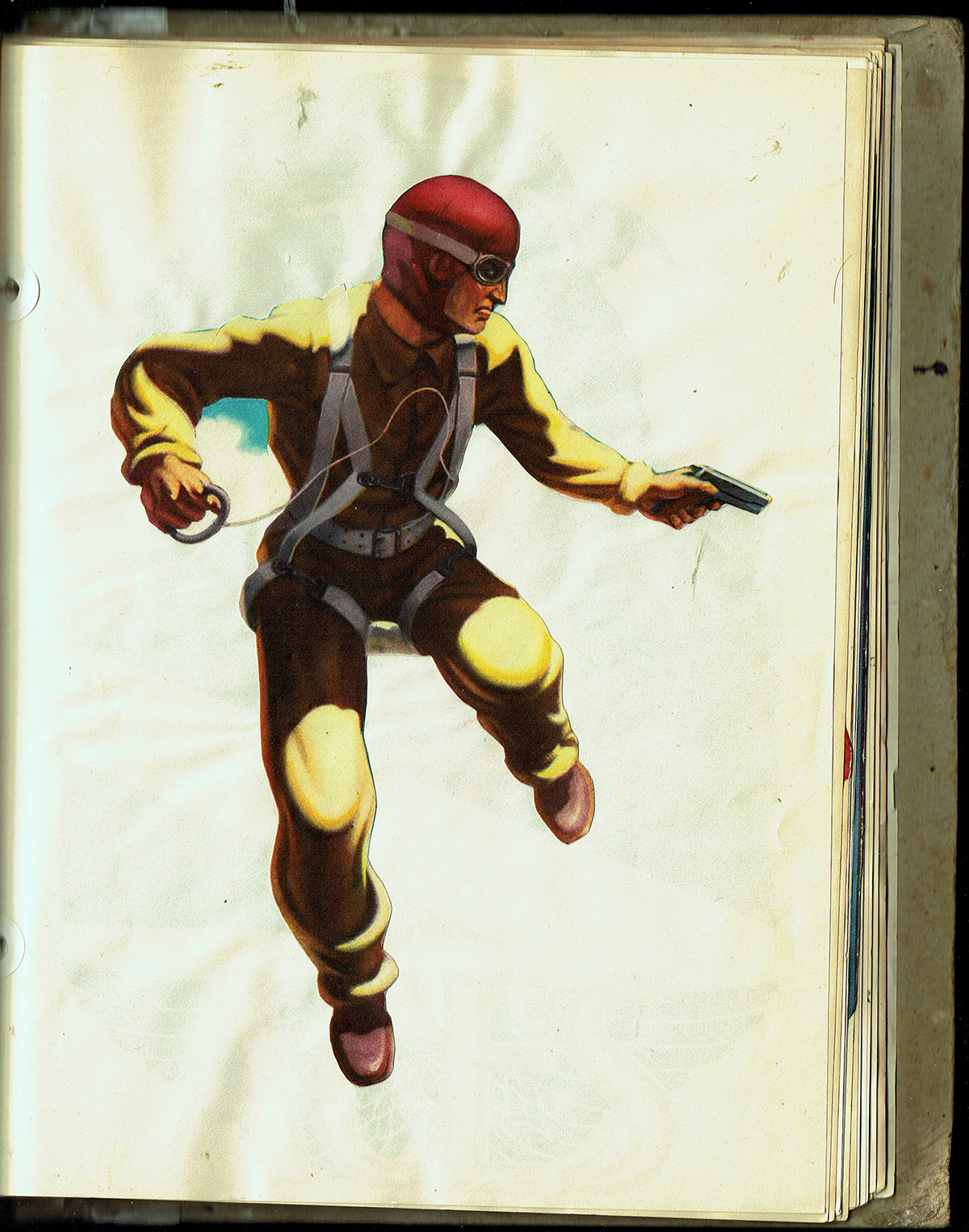
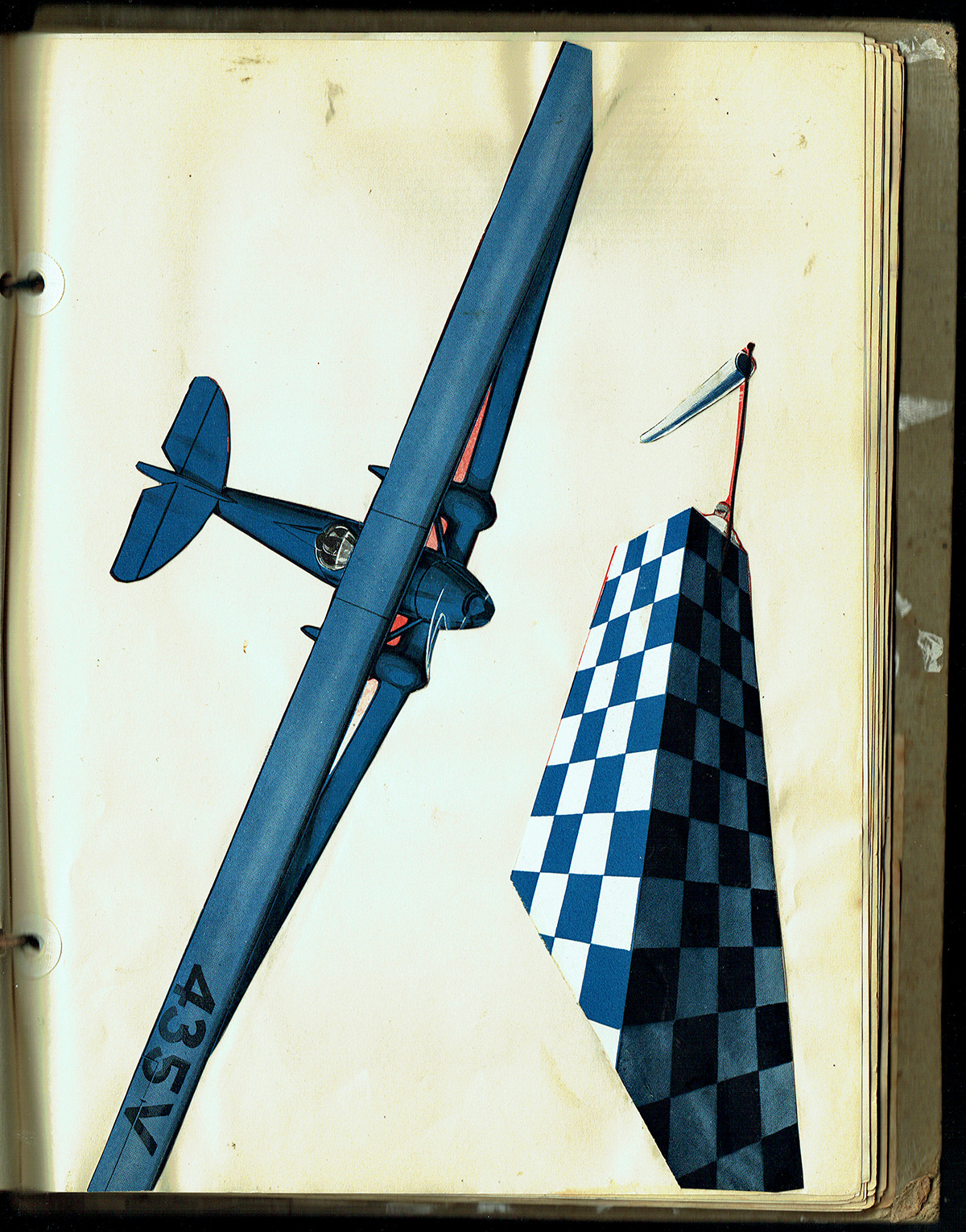
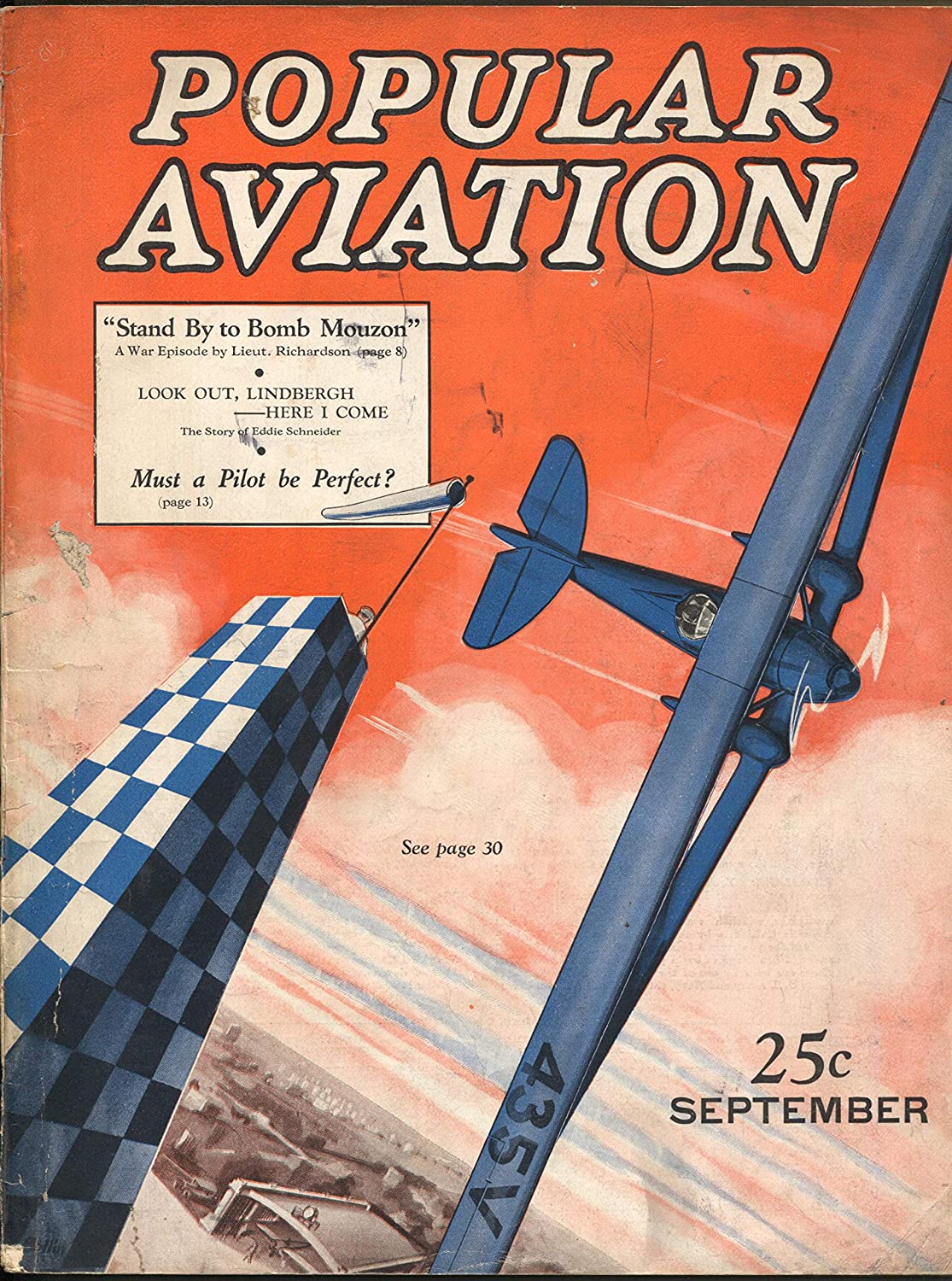
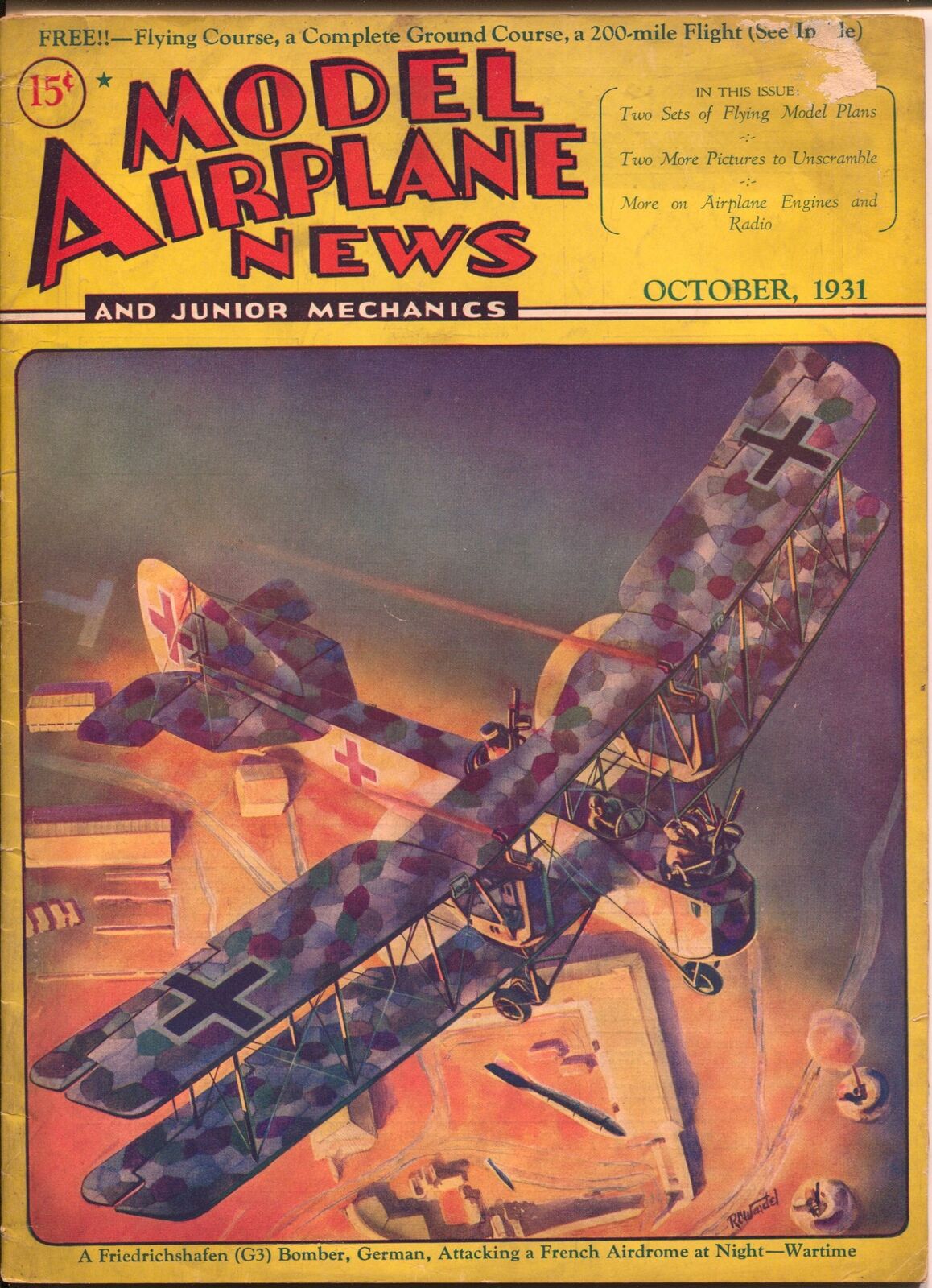
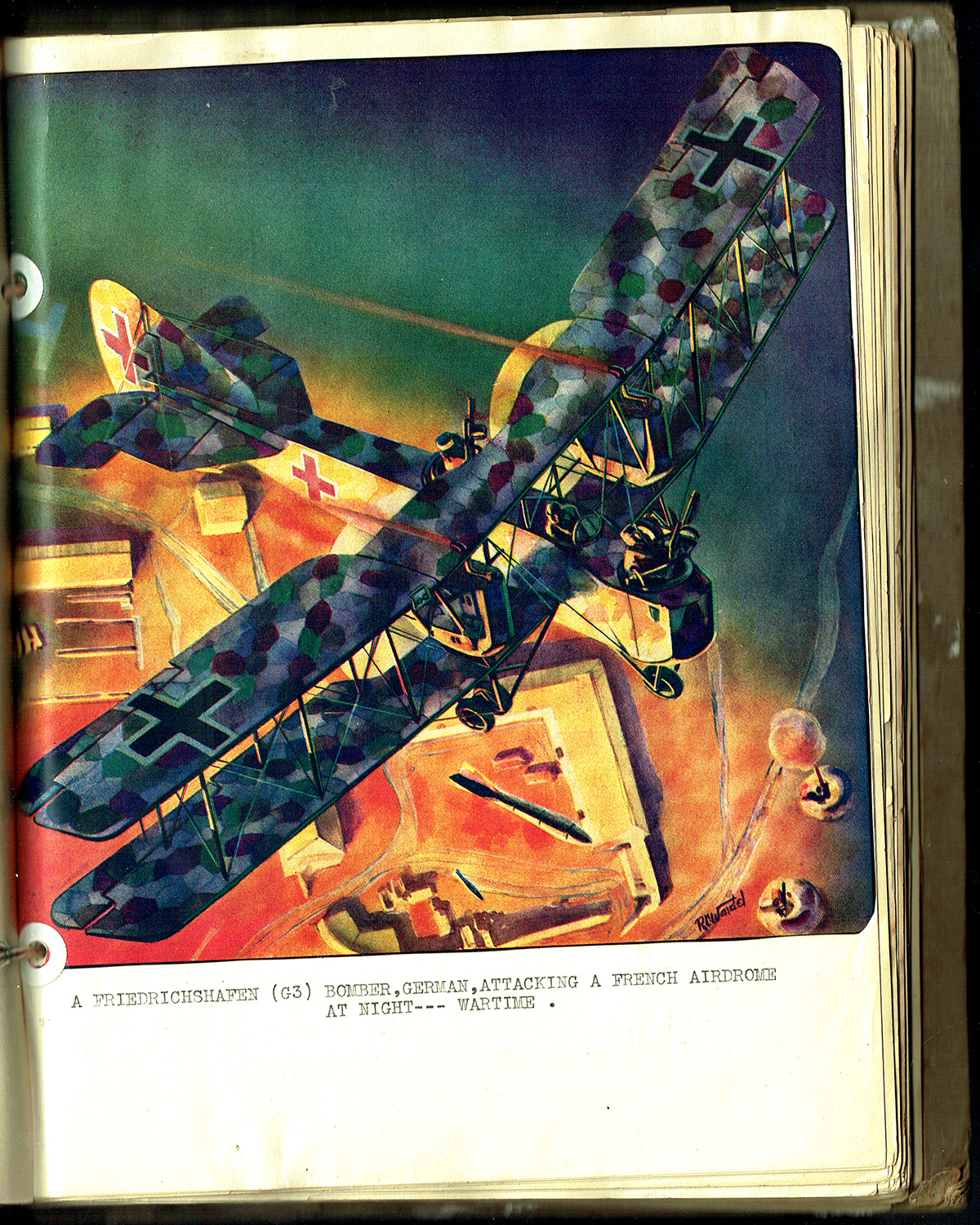
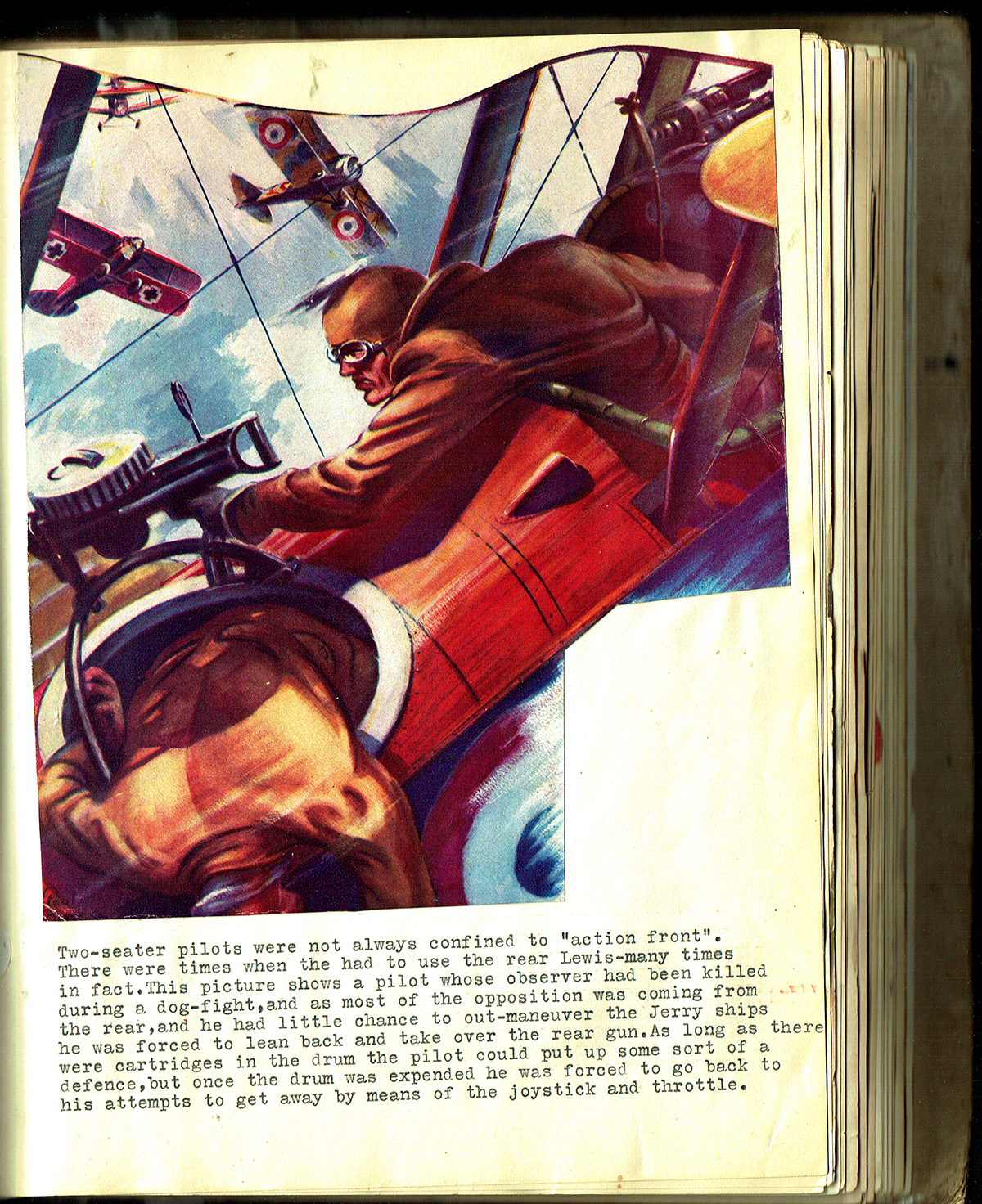
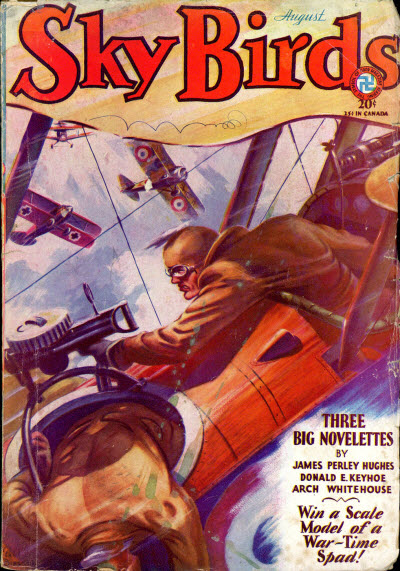
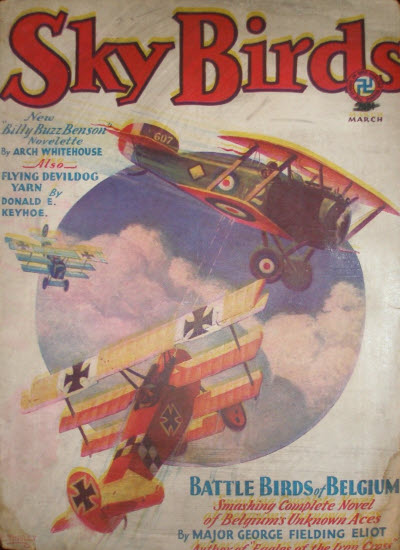
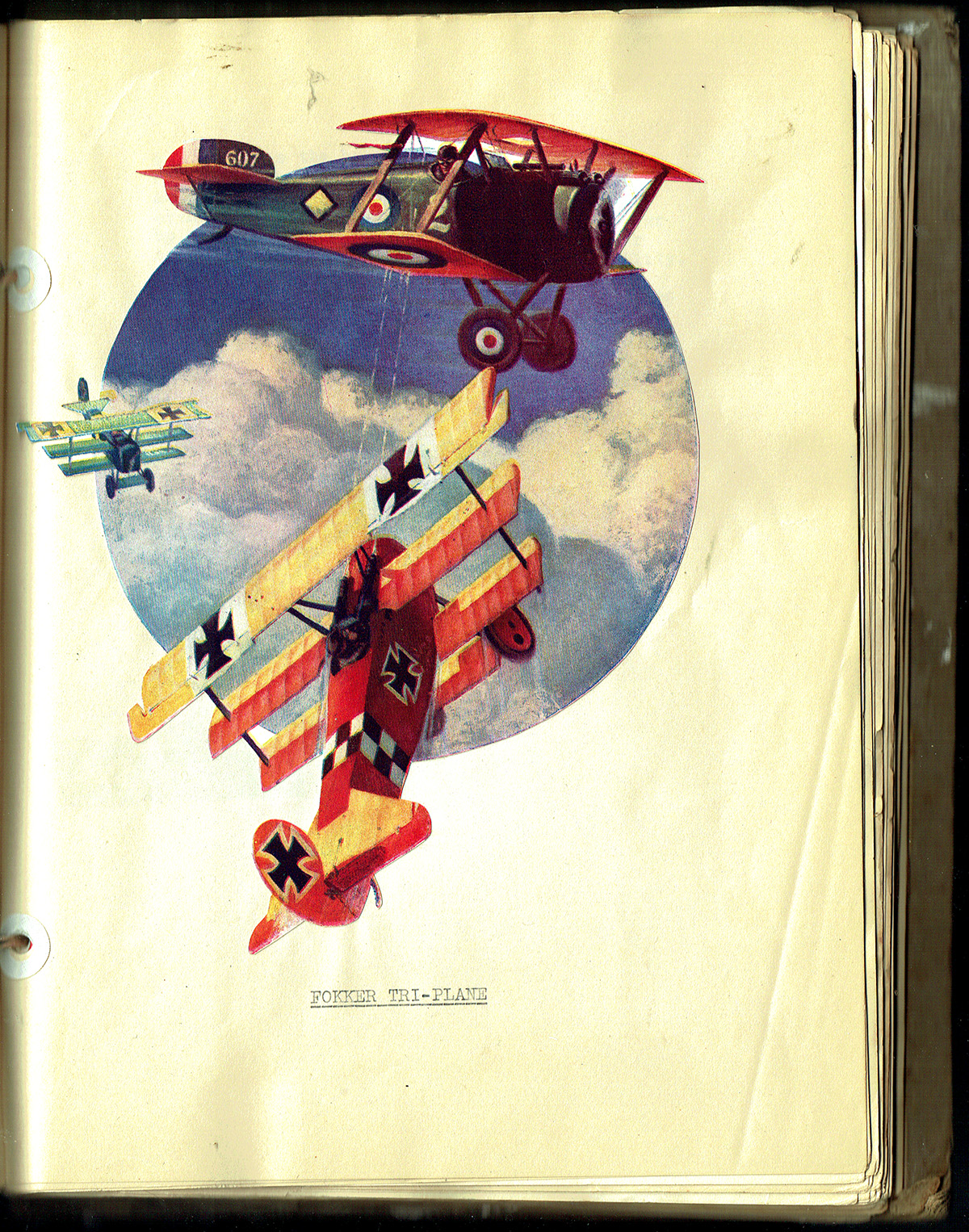
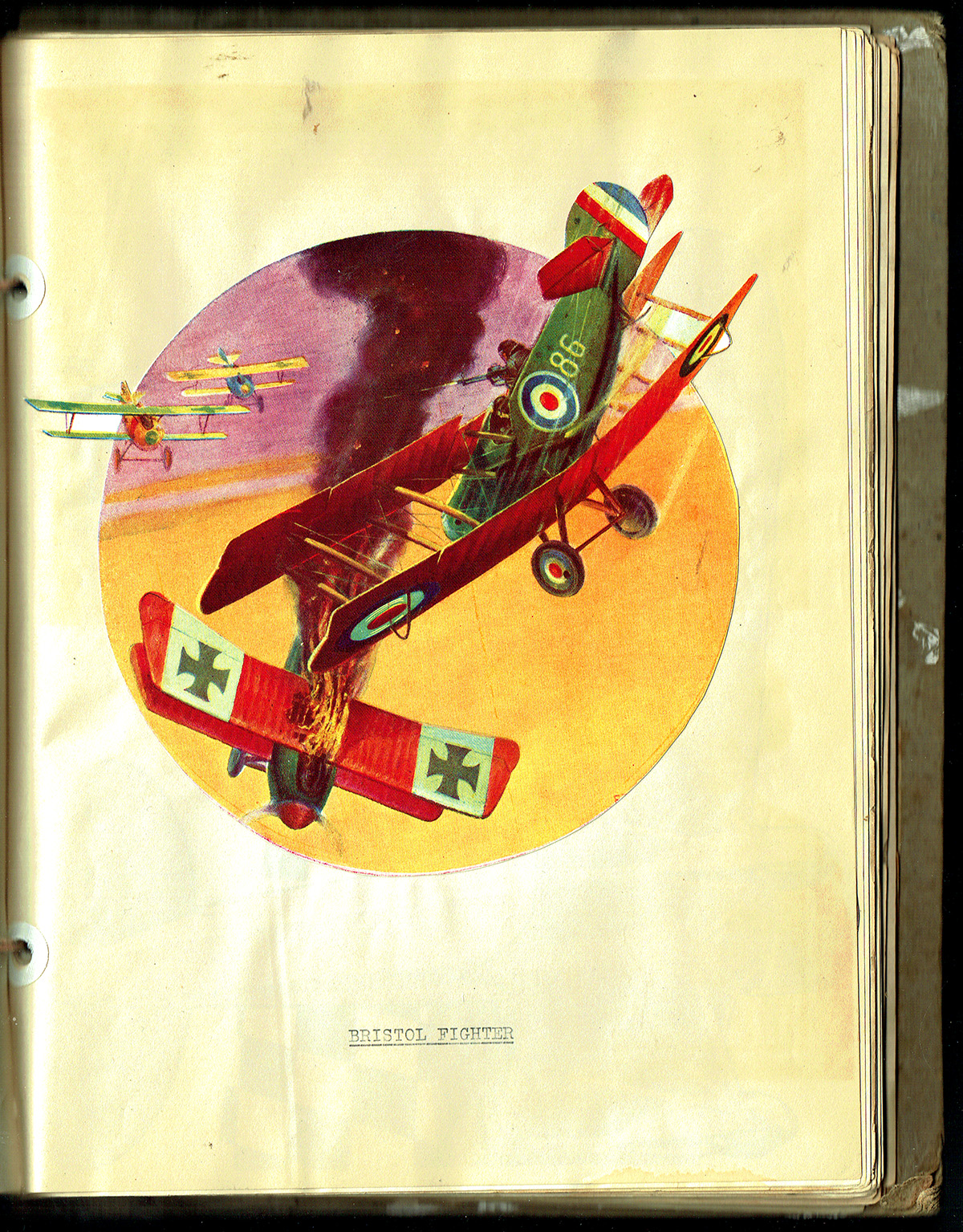
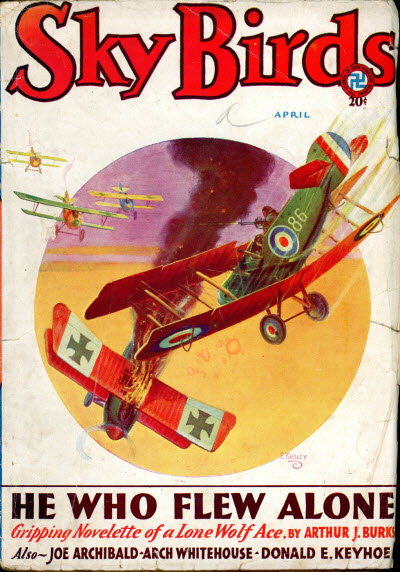
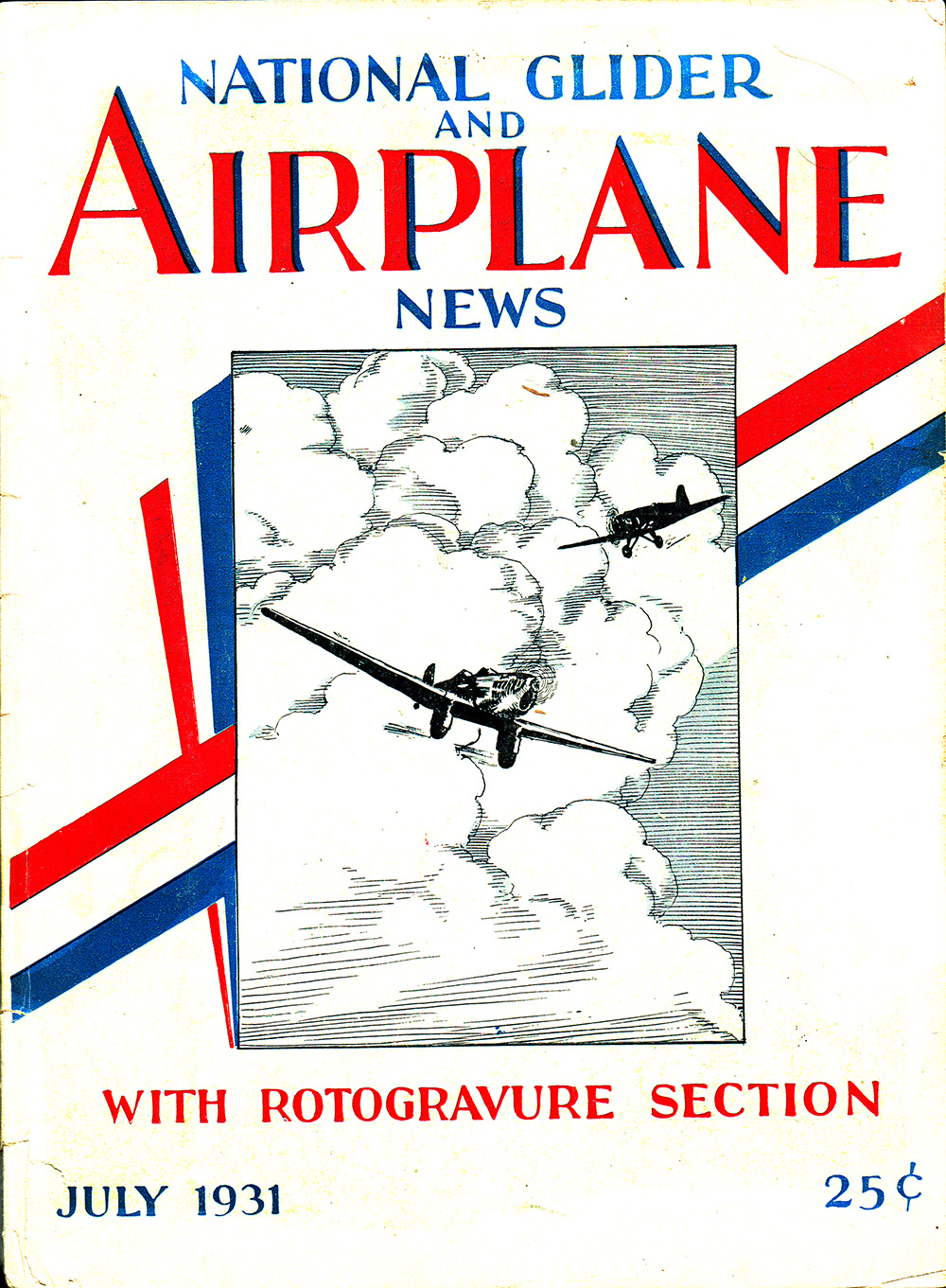
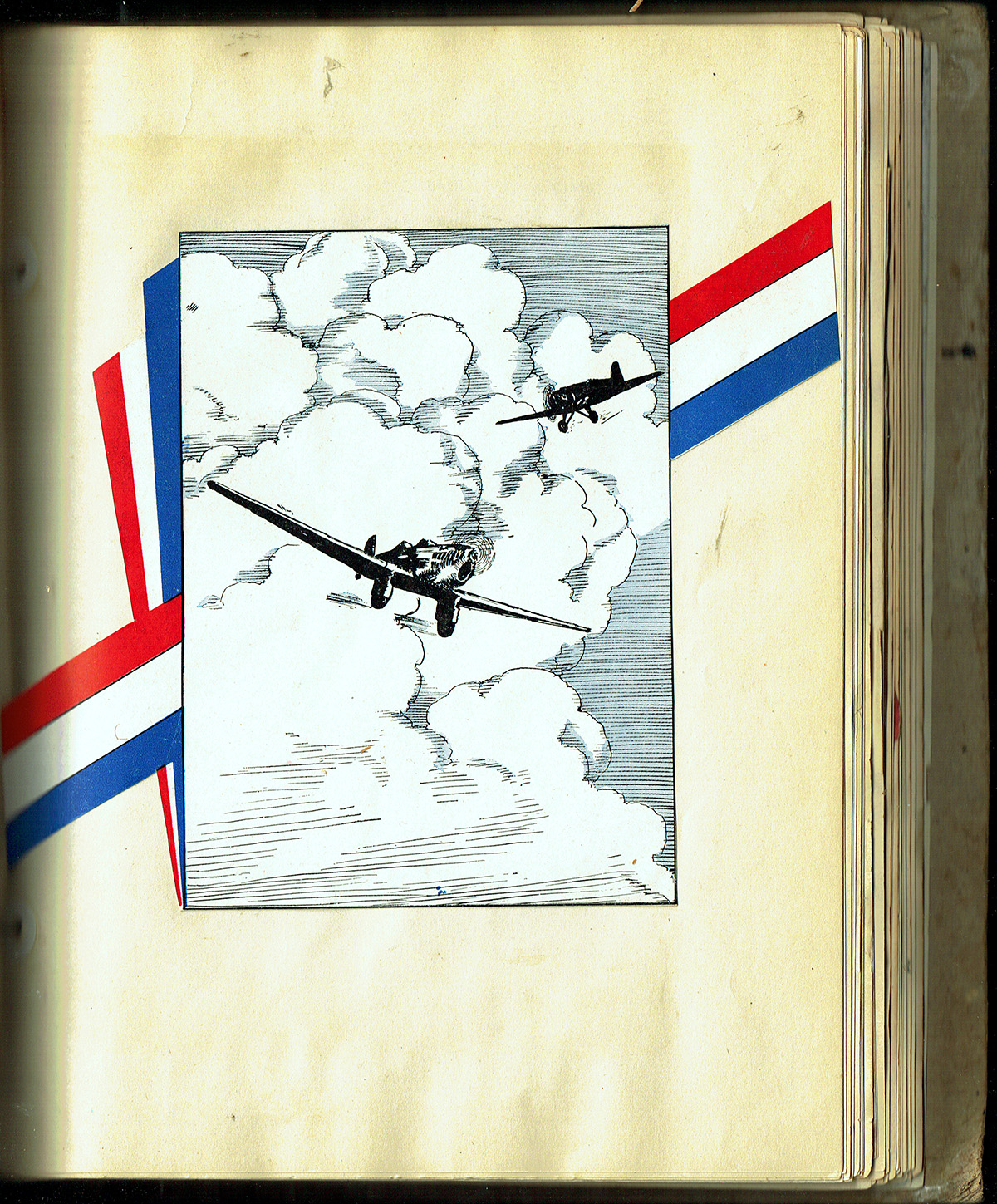
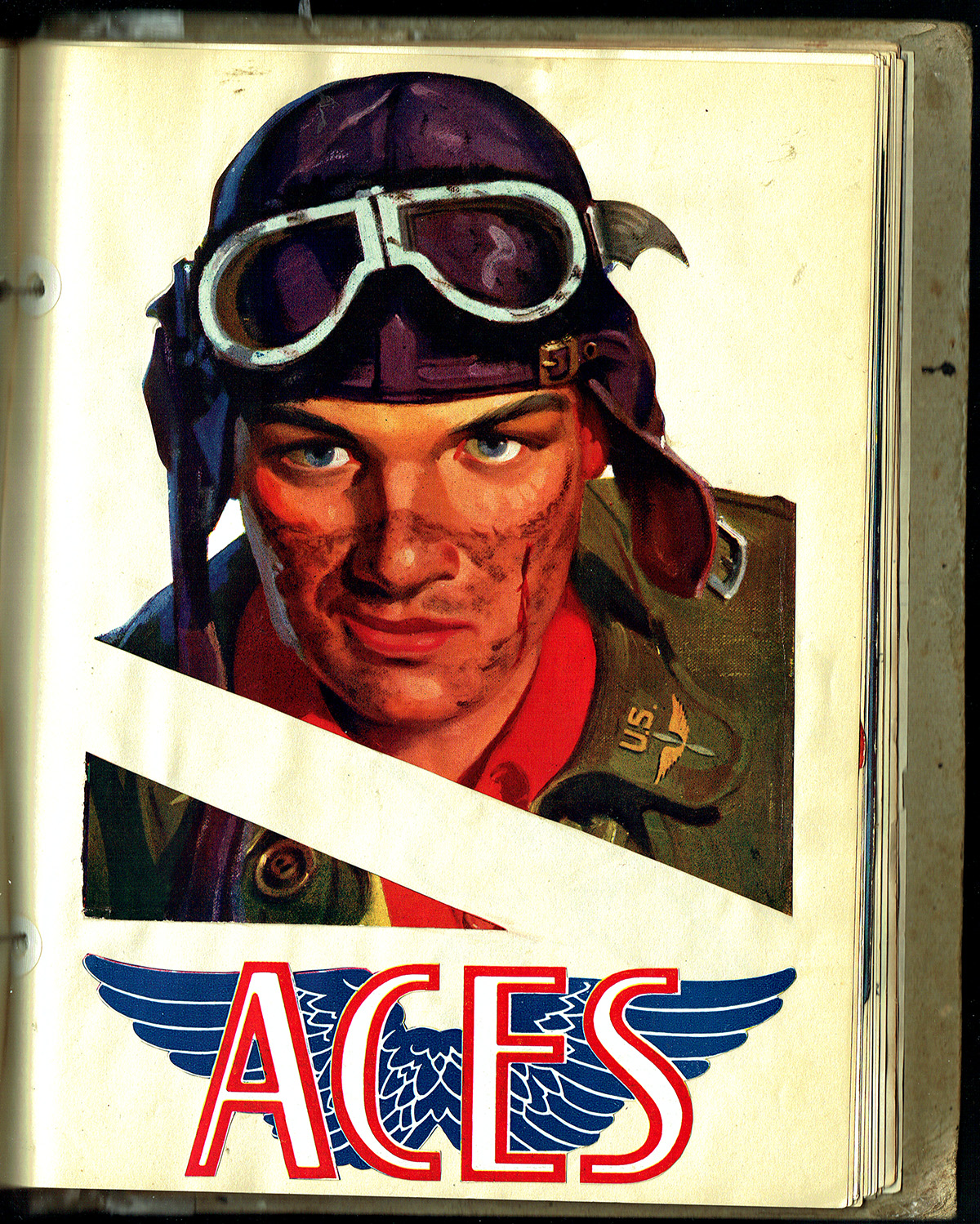
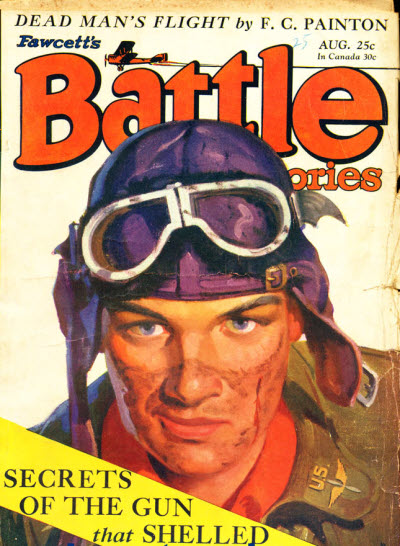
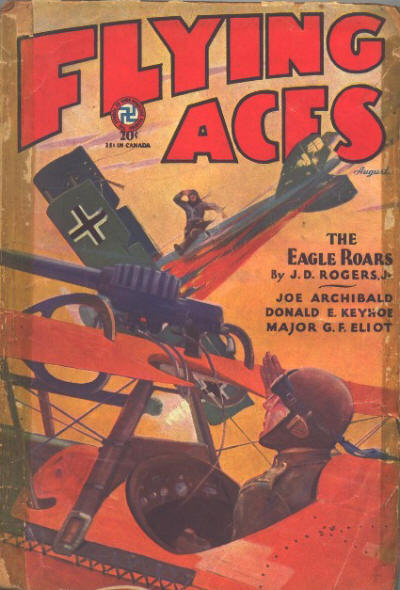
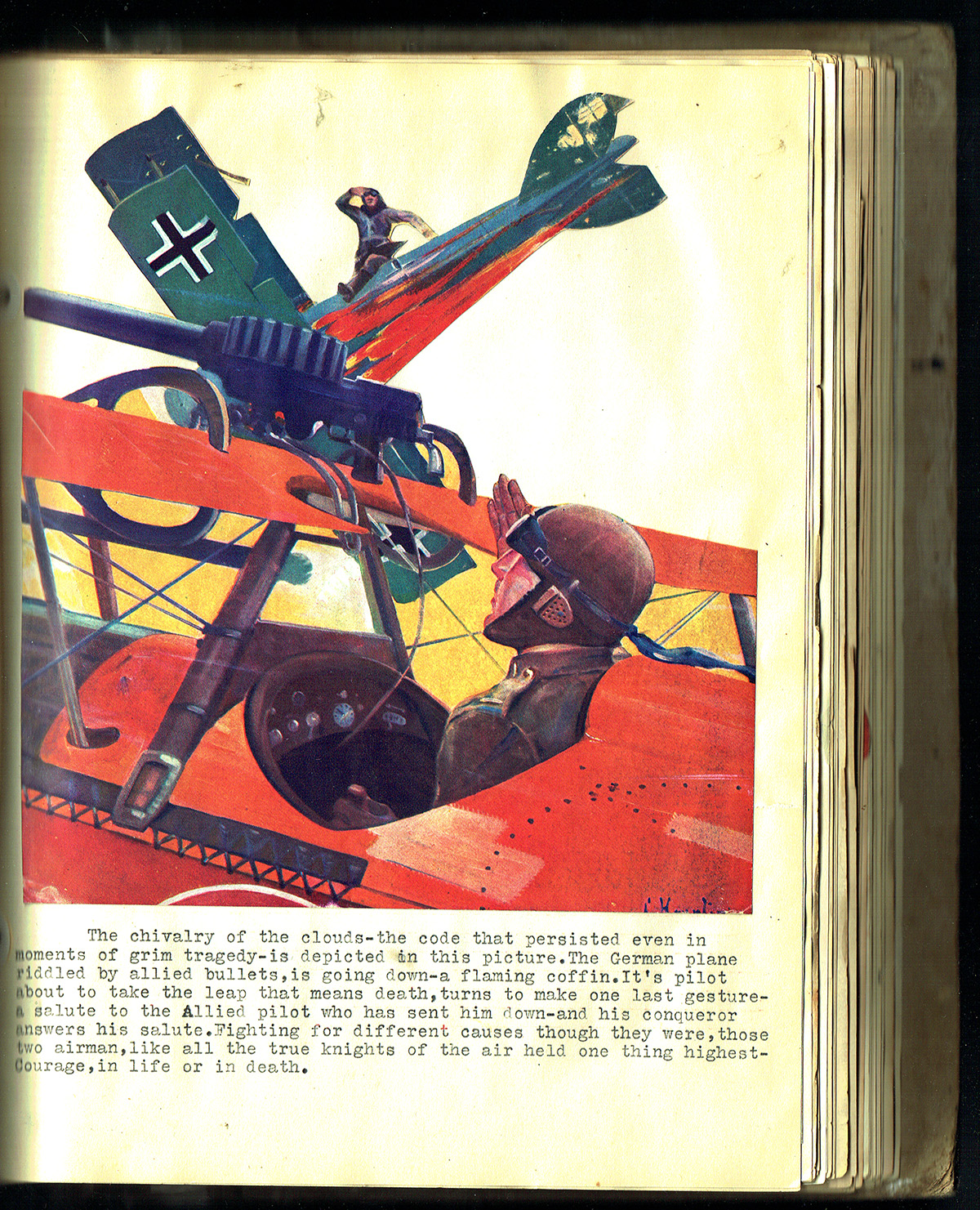
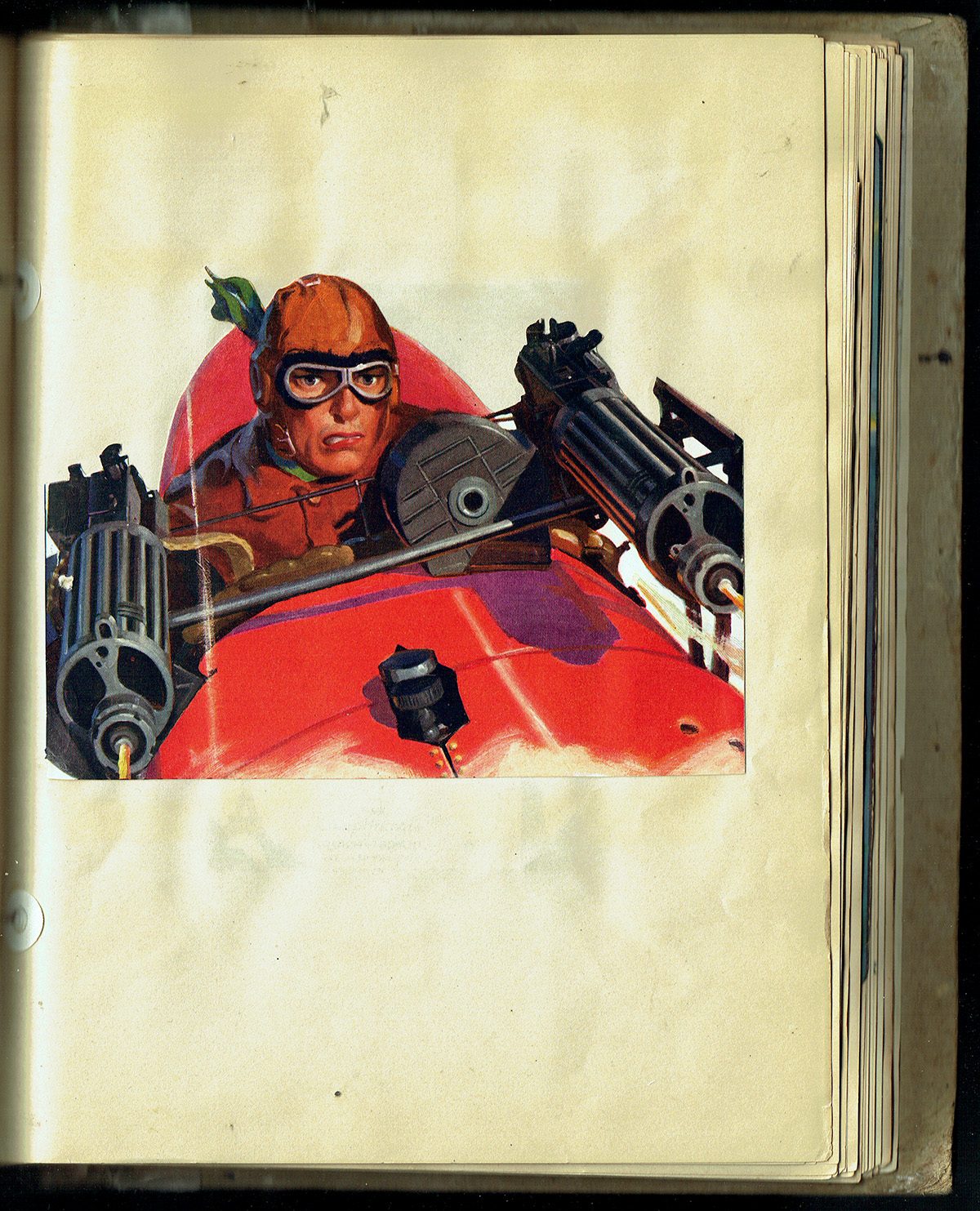
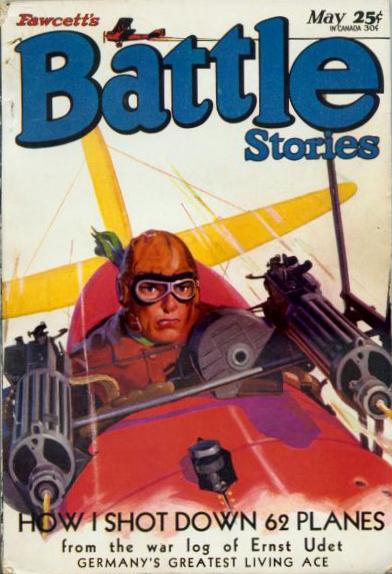
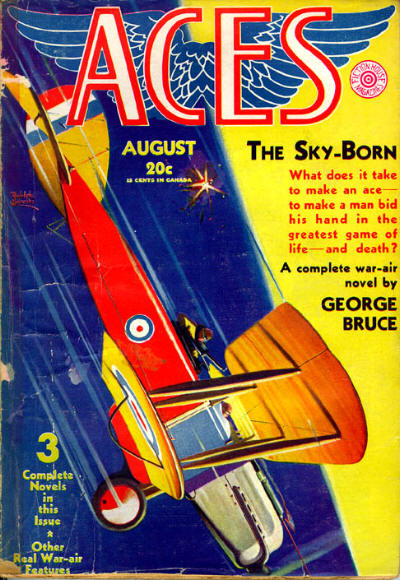
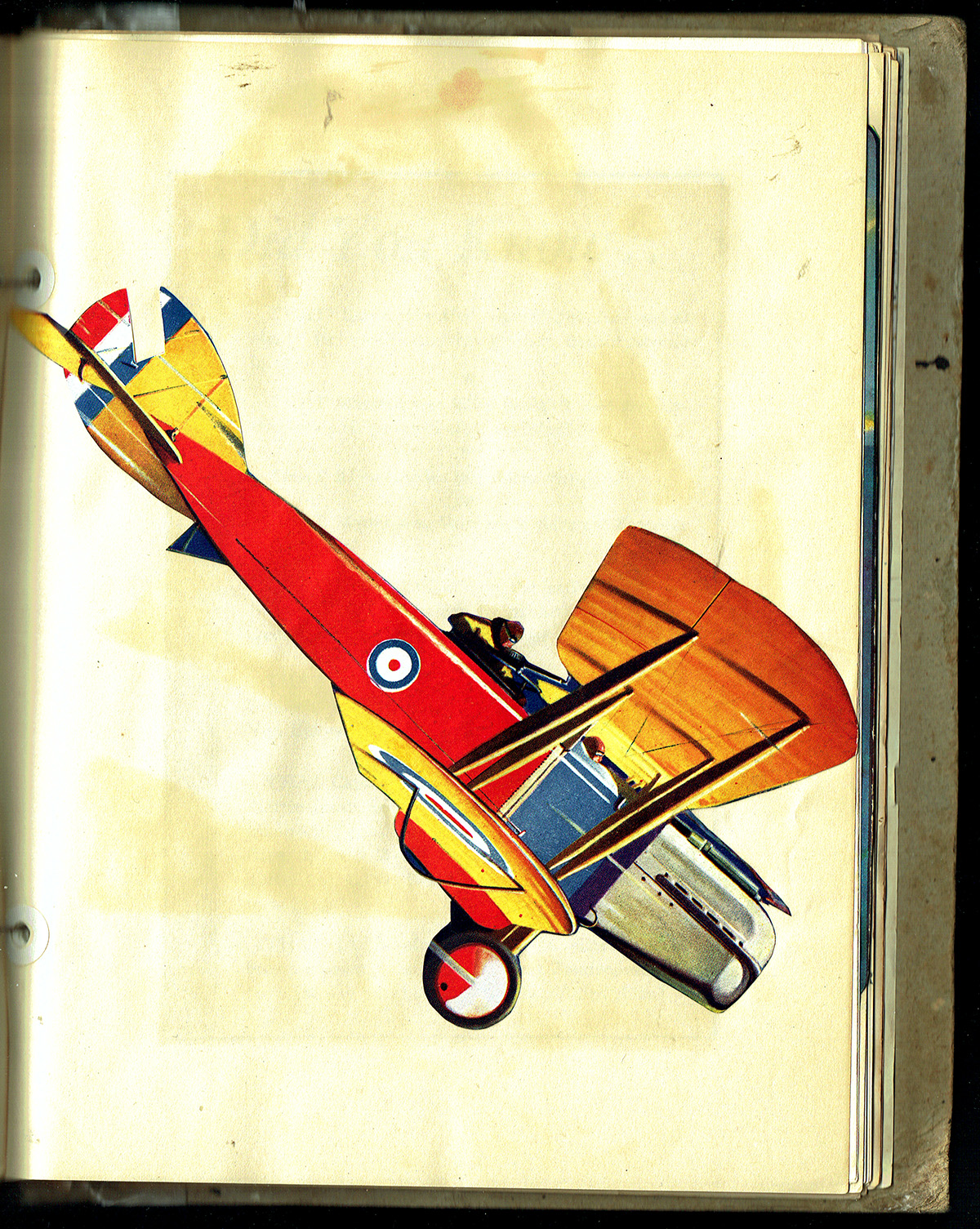
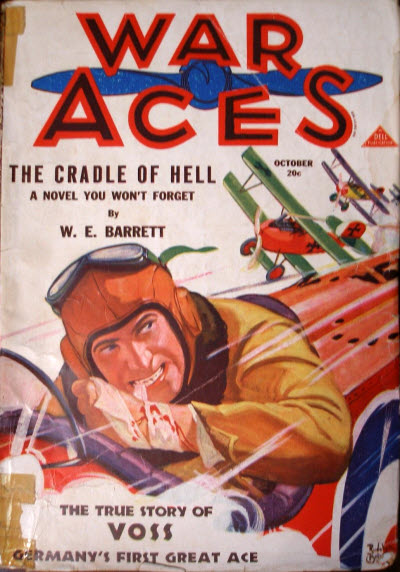 the month we have the story of Captain Jim Fogarty, a Montana Irishman in the service of Britain. He was Youth triumphant, a, veteran of six weeks on the fighting Front, commander of a squadron, and officially credited with victories over sixteen enemy airmen. The twin Ds of Death and Defeat had not touched him—but when it did, they brought him straight down into the cradle of hell and nearly cost him his life!
the month we have the story of Captain Jim Fogarty, a Montana Irishman in the service of Britain. He was Youth triumphant, a, veteran of six weeks on the fighting Front, commander of a squadron, and officially credited with victories over sixteen enemy airmen. The twin Ds of Death and Defeat had not touched him—but when it did, they brought him straight down into the cradle of hell and nearly cost him his life! of Jack Kane, a pilot with the 17th Squadron’s C Flight who’s in over his head. Turns out C Flight plays hand after hand of poker in between patrols and young Kane has been doling out I.O.U.s to cover his debts and the time to settle up those debts is fast approaching. Problem is, he doesn’t have the money to cover those I.O.U.s. Kane believes it would be better to perish in battle and die a hero than face disgrace when his debts come due!
of Jack Kane, a pilot with the 17th Squadron’s C Flight who’s in over his head. Turns out C Flight plays hand after hand of poker in between patrols and young Kane has been doling out I.O.U.s to cover his debts and the time to settle up those debts is fast approaching. Problem is, he doesn’t have the money to cover those I.O.U.s. Kane believes it would be better to perish in battle and die a hero than face disgrace when his debts come due!


